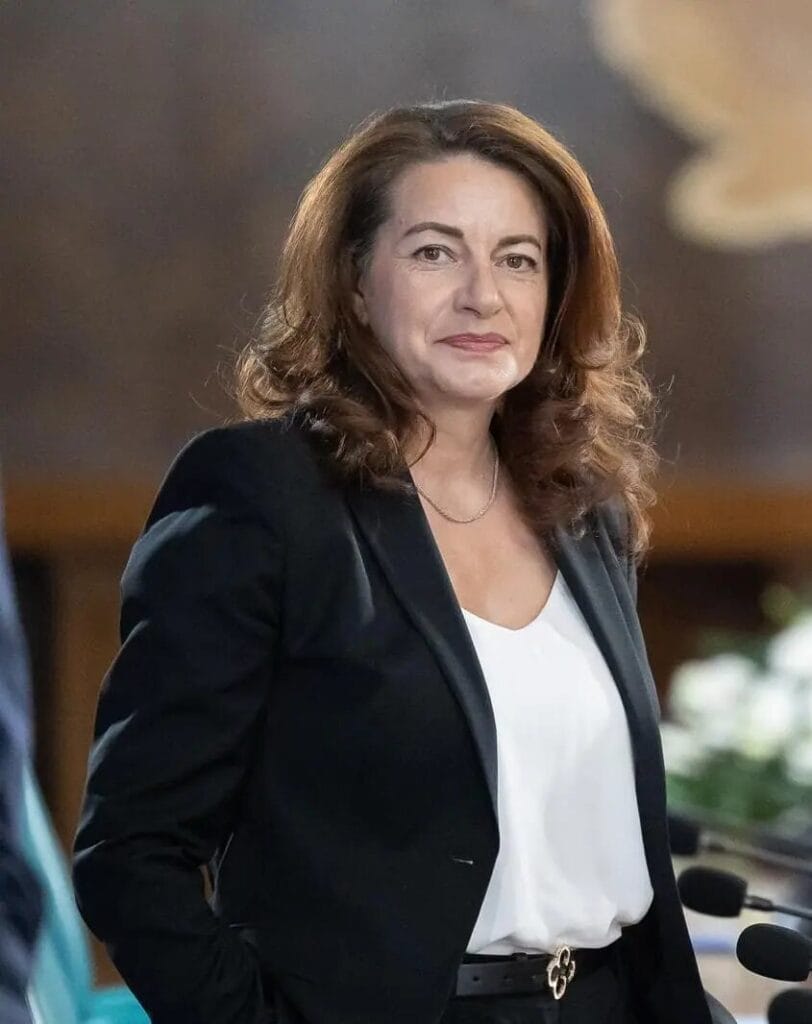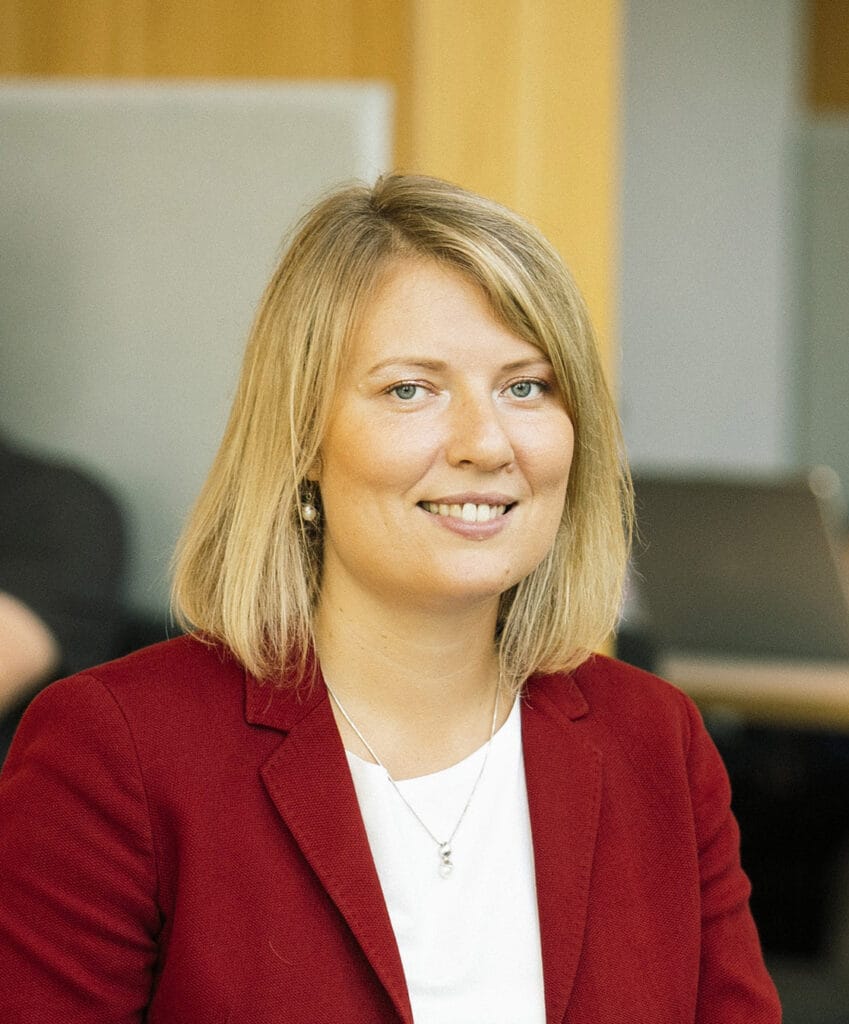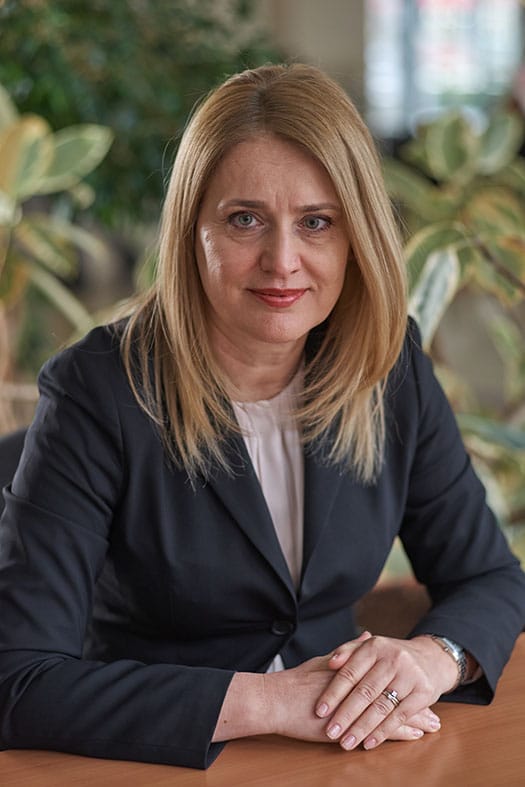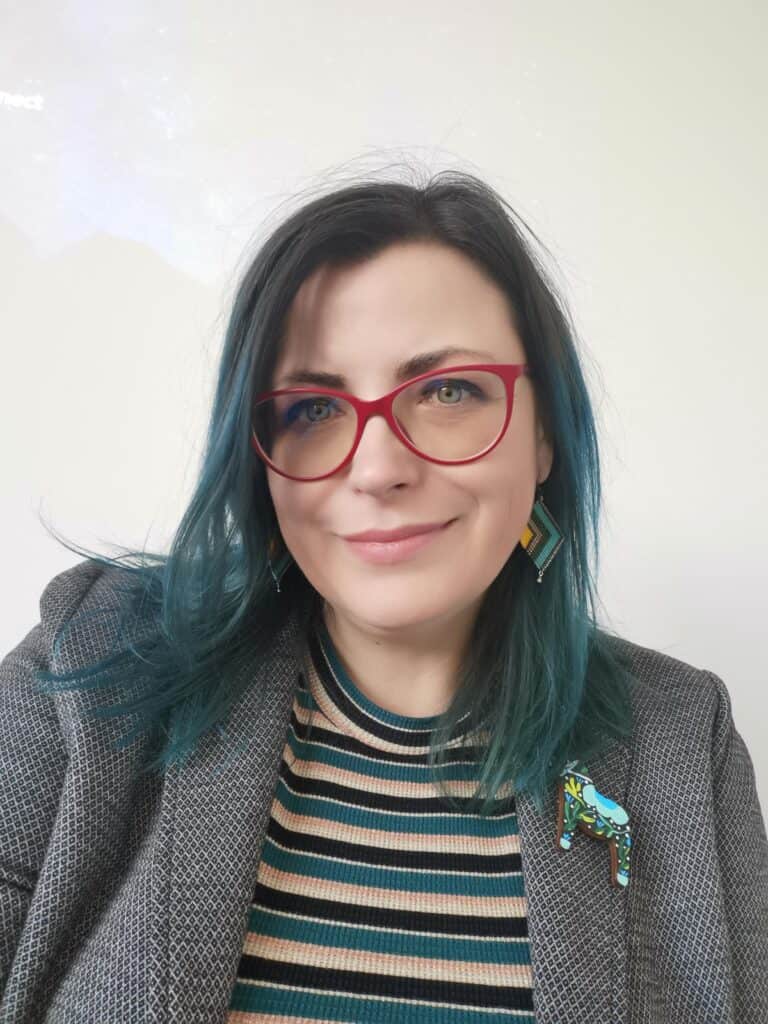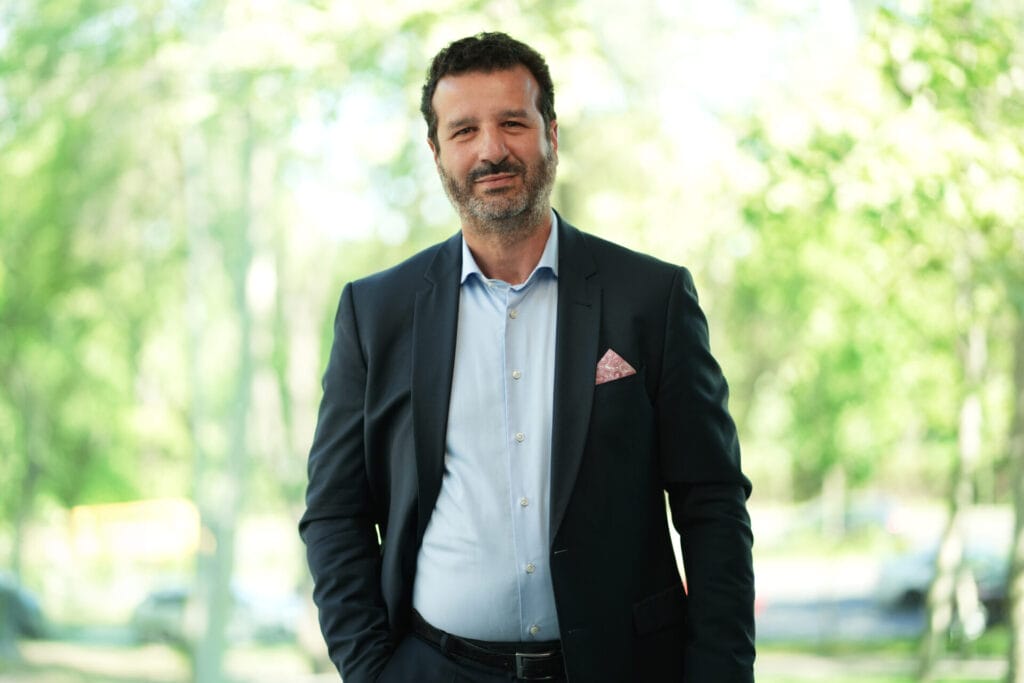The Little Ice Age was a winter phenomenon characterized by very low temperatures, while the summers were warm and dry (high seasonality). Even though we are in a warming period, it is important to look at the cold periods from the past, as they provide us with an analog to understand climate variability, as well as the relationship between climate and society. What we can learn from the past is migration from vulnerable environments, assistance, and support for vulnerable communities, as well as adaptation to new realities. This shows us that the climate changes of the last centuries have profound consequences on civilization and that it does not help to ignore them.
When did the Little Ice Age begin?
The Little Ice Age (LIA) occurred about 800 years ago and was the coldest period in the last 12,000 years in the Northern Hemisphere. In the Southern Hemisphere, the Little Ice Age began two centuries later. The interval between the 17th and 18th centuries is the only globally observed cold interval, documented both in the Northern and Southern Hemispheres. During this period, temperatures dropped by approximately 1-2°C, leading to significant consequences, particularly in Europe, including decreased harvests, famine, and pandemics that resulted in the death of millions of people. The Little Ice Age was a winter phenomenon characterized by very low temperatures, while summers were warm and dry (high seasonality).
The term “Little Ice Age” (LIA) was introduced in 1939 by François E. Matthes in his account of glacier evolution in the Sierra Nevada, United States. This cooling was caused by reduced solar radiation attributed to changes in Earth’s orbit. The term began to be widely used after Grove’s publications in 1988 and 2004, which showed that during this period, glaciers advanced in several mountain ranges in the Northern Hemisphere. Starting from the mid-20th century, numerous studies and mathematical modeling provided evidence about this period, and the term was accepted by the scientific community as representing multi-century cold phases that affected the Northern Hemisphere. The first instrumental measurements began in the 18th and 19th centuries, so high-resolution data are available from that period onwards.

To gather information for longer time periods, we employ indicators (silent witnesses) that record climate changes (temperature, precipitation, wind), such as written documents (chronicles, records), sediments, speleothems, tree growth rings. Starting from the 14th century, temperatures began to drop by 1-2°C, leading to extremely cold winters that caused rivers and coastal areas to freeze. This cooling resulted in a crisis across Europe, marked by halted trade and communication, decreased agricultural production fueling revolts, wars, and plagues.
In Europe, four very cold episodes are notable: 1460, 1600, 1690, 1825. Around the year 1270, a transition from a stable climate regime to a period of high instability/variability is observed, with fluctuations from year to year in both temperatures and precipitation. This instability is evident in natural archives from Northern Europe, which show year-to-year temperature fluctuations in the Atlantic Ocean. For instance, the period 1315-118 was characterized by wet and cold conditions in Northern Europe, corresponding to The Great Famine.
In central and western Europe, the first two decades of the 16th century experienced severe winters followed by a warmer period (1520-1560) across the continent. During this interval, in the mid-1500s, severe winters were absent, and spring, summer, and autumn temperatures were comparable to those of the 20th century. These conditions were favorable for agriculture and population growth. The year 1540 was the warmest and driest year between 1500-2000. Around 1570, summer, as well as autumn and spring temperatures, significantly dropped, causing a severe humanitarian crisis throughout Europe. During 1570-1600, summer temperatures were 0.8°C lower than the 1961-1990 period. Glaciers advanced during this time; for example, the Grindelwald Glacier in the Swiss Alps advanced by about 1 km, destroying forests and farms in its path. In Scandinavia, the late 16th to early 17th century is characterized by very cold summers. Western and central Europe show a similar climatic trend, except for winters which were colder in central Europe compared to temperatures in central England. For instance, in the period 1500-1800, winter and autumn temperatures in central Europe were 1.1°C and 0.6°C colder, respectively, than the 1961-1990 period. In the Mediterranean region, especially in the Pyrenees (Spain) and the Apennines (Italy and Slovenia), the LIA is marked by glacier expansion.
During 1600-1700, winters were approximately 1°C colder compared to 1961-1990, but around 1680-1700, spring and summer temperatures decreased by about 0.8°C compared to 1961-1990. Between 1700 and 1800, winter temperatures dropped by around 0.9°C, but extreme summer temperatures were not frequent. According to a 2005 study analyzing over 169 glaciers, the maximum glacier expansion occurred around 1800.
The Impact of the Little Ice Age on society
Before the Industrial Revolution, societies were predominantly agrarian. There isn’t a direct relationship between low temperatures and their impact on society, but indirectly, society relies on agriculture and animal husbandry, which in turn depend on climate/weather. For example, early or late frost affects the quality and quantity of crops and leads to increased food prices. In more distant times, elevated food prices and a lack of animal feed have triggered numerous revolts and contributed to the spread of infectious diseases due to malnutrition.
Let’s focus on Europe; the central, eastern, and western parts of the continent are particularly vulnerable to low temperatures during the planting and growing seasons (spring and summer), as well as to excess autumn precipitation. If spring is very cold, wheat production and fodder quantity can be severely reduced, resulting in a decrease in the production of essential animal products like milk and meat.
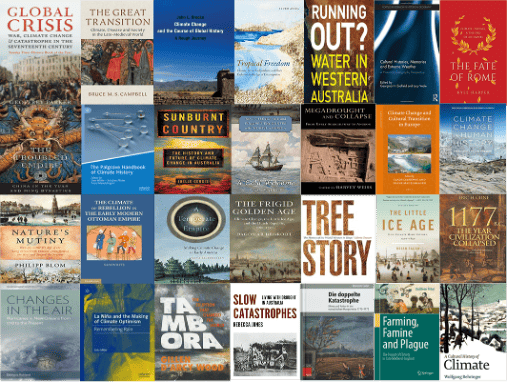
If summers are cold and wet, the production (and quality) of grains and the products derived from them (such as flour) are strongly affected. Moreover, they become vulnerable to mold and other grain-specific diseases, hindering their storage over the winter. For example, in Scandinavia, the low temperatures during the summer of 1601, considered one of the coldest summers in the last two millennia, had devastating effects on the region’s agriculture. Furthermore, if grain threshing occurs during a wet period, the nutritional properties of the grain are diminished, which in turn affects the quality of animal products. Low temperatures at the beginning of autumn impact grapes and the quality of wine, as well as shorten the grazing period. These conditions also delay sowing and the fixation of nutrients in the soil, which has repercussions on the crops in the following year.
What were the causes of the Little Ice Age?
The main causes of the Little Ice Age are not entirely clear, but it appears to be a combination of numerous volcanic eruptions that occurred during that period and a reduction in solar activity/sunspots (grand solar minima), which affect the distribution of solar energy at Earth’s surface, atmospheric and oceanic circulation, and consequently, temperatures. Many volcanic eruptions took place during this period, including well-known ones such as Indonesia’s Samalas volcano (1257), Ecuador’s Quilotoa volcano (1280), and Mexico’s El Chichon volcano (1360). Volcanic eruptions inject massive amounts of sulfates and carbon dioxide into the atmosphere, primarily in the stratosphere (the upper part of the atmosphere, between 10 and 50 km). These substances reflect solar radiation back into space, preventing it from penetrating the Earth’s surface and thus reducing the global average temperature. For example, the recent eruption of the Pinatubo volcano (Philippines) led to a decrease in global average temperatures by 0.5°C.
While a single volcanic eruption affects climate for only a few years, if eruptions occur over several years, their effects accumulate, leading to changes in oceanic circulation and, consequently, climate. Recent studies indicate that this cooling was caused by an increase in the export of fresh water resulting from melting Arctic ice, a phenomenon that led to the cooling of North Atlantic waters and temperatures. The ocean plays a crucial role in climate, where the Atlantic Meridional Overturning Circulation (AMOC) transports tropical waters to the Arctic region, maintaining equilibrium. If more fresh water enters the Atlantic Ocean, its salinity decreases, leading to AMOC collapse, reduced water transport, and lower temperatures.
Solar activity is linked to the amount of solar radiation reaching Earth’s surface; the sun has an 11-year activity cycle with periods of maximum and minimum activity. During the Little Ice Age, there were four periods of solar activity minimum: the Wolf minimum (1280-1350), the Spörer minimum (1460-1550), the Maunder minimum (1715-1745, famously known as the Maunder Minimum, named after the British astronomer E.W. Maunder who discovered the solar inactivity during that period), and the Dalton minimum (1790-1820). These periods of solar activity minima contributed to a decrease in global temperature by approximately 0.3°C.
What was the impact in Romania?
Natural archives (tree growth rings, sediments, speleothems) and written records from Romania reveal that starting from 1250, the period was characterized by cold and dry conditions, coupled with significant hydroclimatic variability. Dry and warm summers marked the interval between 1250 and 1550, followed by cold winters from 1550 to 1750. Temperature reconstructions based on tree growth rings from northern Romania (Călimani Mountains) indicate low temperatures, with cooling occurring between 1370 and 1620 and again between 1820 and 1840. Geochemical evidence from the Șureanu bog (Șureanu Mountains) suggests that the Little Ice Age was more complex, manifesting as a tripartite pattern rather than a singular period: a wetter phase from 1400 to 1575, a dry phase spanning 1575 to 1725, and another wet phase from 1725 to 1980. The wet phase at the end of this period, from 1725 to 1980, was also identified in Măgurici Cave, while an increased frequency of floods was observed in the northwest. Such alternating wet and dry periods were similarly identified in the Mohoș peat bog, Cloșani Cave, Zidită Cave, and Tăul Muced bog.
Another source of information concerning the Little Ice Age in Romania stems from chronicles and accounts by foreign travelers during their visits to the Romanian Lands (Moldavia, Wallachia, and Transylvania). The chronicles of Moldavia and Wallachia may not directly provide information about weather/climate, but they instead offer insights into historical events, focusing on tribute payments to the Turks, Poles, Hungarians, conflicts among the nobility, and more. Nonetheless, they also contain details about climatic conditions, particularly if these conditions led to conflicts. Notes from foreign travelers, especially Italian and Polish diplomats, as well as missionaries, offer clear reports regarding the weather during their travels in the region. Documentary evidence indicates that during the Little Ice Age, the frequency of freezing events on the Danube River was notably high compared to the Medieval Warm Period, and these events were correlated with exceedingly low winter temperatures. Some freezing events were extreme, such as those during the winters of 1621, 1669, 1755, 1779, and 1823, affecting broader regions, including the coast of the Black Sea and the Bosporus Strait.
What’s different now?
Today, global average temperatures are increasing at an accelerated pace, surpassing 1.5°C compared to the industrial era, with extreme events but with a positive trend compared to the Little Ice Age. Studies show that these extreme events are more frequent when temperatures change rapidly, underscoring the need for a collective effort to limit the impacts of climate change. It’s evident that the mitigation actions imposed by governments to reduce the effects of greenhouse gases and more won’t yield immediate results. For these reasons, communities must adapt to a warmer world and less hospitable living conditions. What we can learn from the past is migration from vulnerable environments, assistance and support for vulnerable communities, the establishment of diverse trade networks, and the adaptation to new realities (rather than ignoring them).
The past shows us that climate changes in recent centuries have profound consequences for civilization. In comparison to the Little Ice Age period, we now have the opportunity to look back and learn about how people responded to climate changes.

Postdoctoral Researcher, (Environnements et Paléoenvironnements Océaniques et Continentaux), University of Bordeaux, France.
Research Fields: Paleoclimatology, Historical Climatology, Climate Change, and its Impact on the Environment and Society.
Article first published on InfoClima




